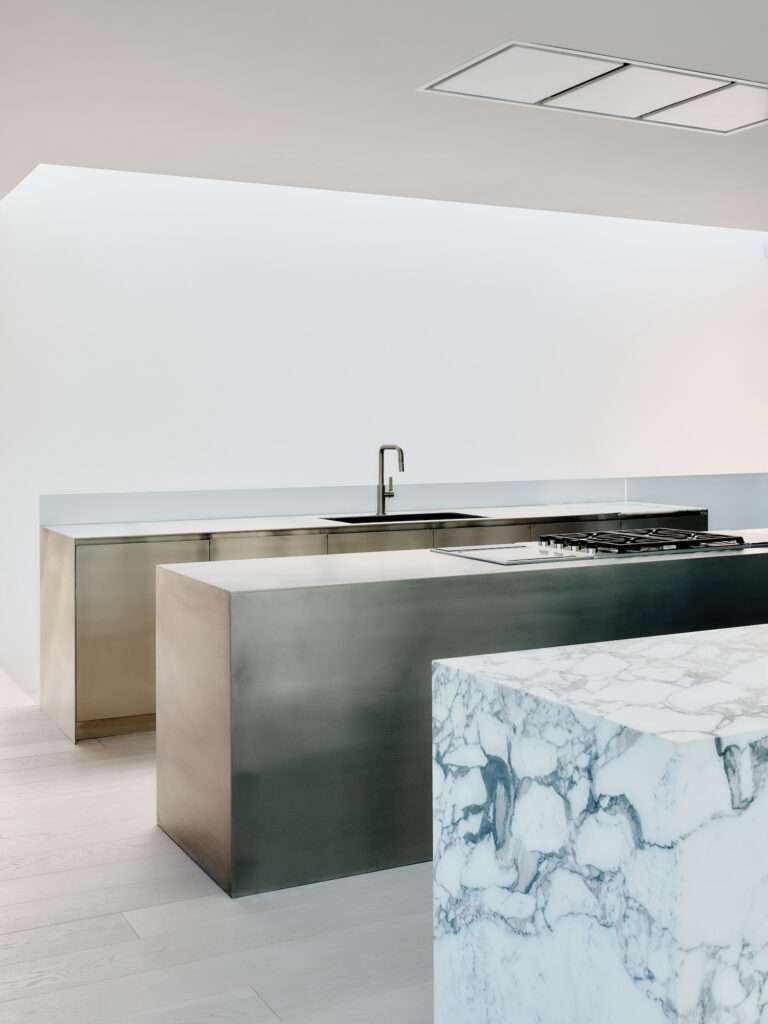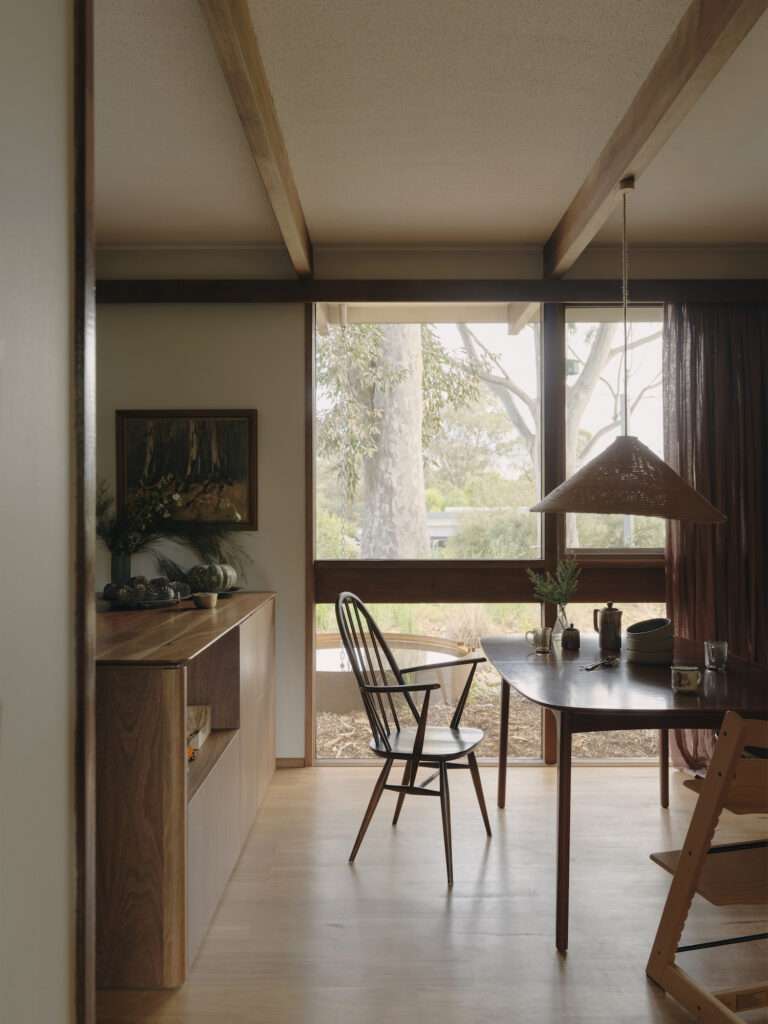Goil Amornvivat hadn’t worked as an interior designer until he landed on Bravo’s Top Design in 2007 – and the first room he approached as an interior designer on the show was his first room he approached as an interior designer, anywhere. (He wasn’t without qualifications, of course: He was a Yale-trained architect – and he’s still a practicing interior designer today.) He says that experience, all those years ago, exemplifies the most valuable lesson he took from his appearance on the show: “My first lesson [from the show] is to try and try to surprise yourself,” he says. “You never know what kind of skills you have if you haven’t tried.” The second lesson focused on the value of representation: “There’s a difference between diversity and representation,” Amornvivat says. “This is really dear to my heart because after the show, I received a lot of emails from fans [who said that] because they’d seen an Asian designer on TV, they were more likely to follow their passion. That was really meaningful for me.”
[embedded content]
These days, Amornvivat, who runs AMMOR Architecture with partner, Thomas Morbitzer, is working across all of these disciplines: interior design and architecture projects in Connecticut, San Diego, Palm Springs, and Long Island, as well as spearheading equal, inclusion, and diversity initiatives at Carnegie Mellon’s College of Fine Arts, his alma mater. His favorite projects, he says, are those that allow him to work both as an architect and an interior designer.
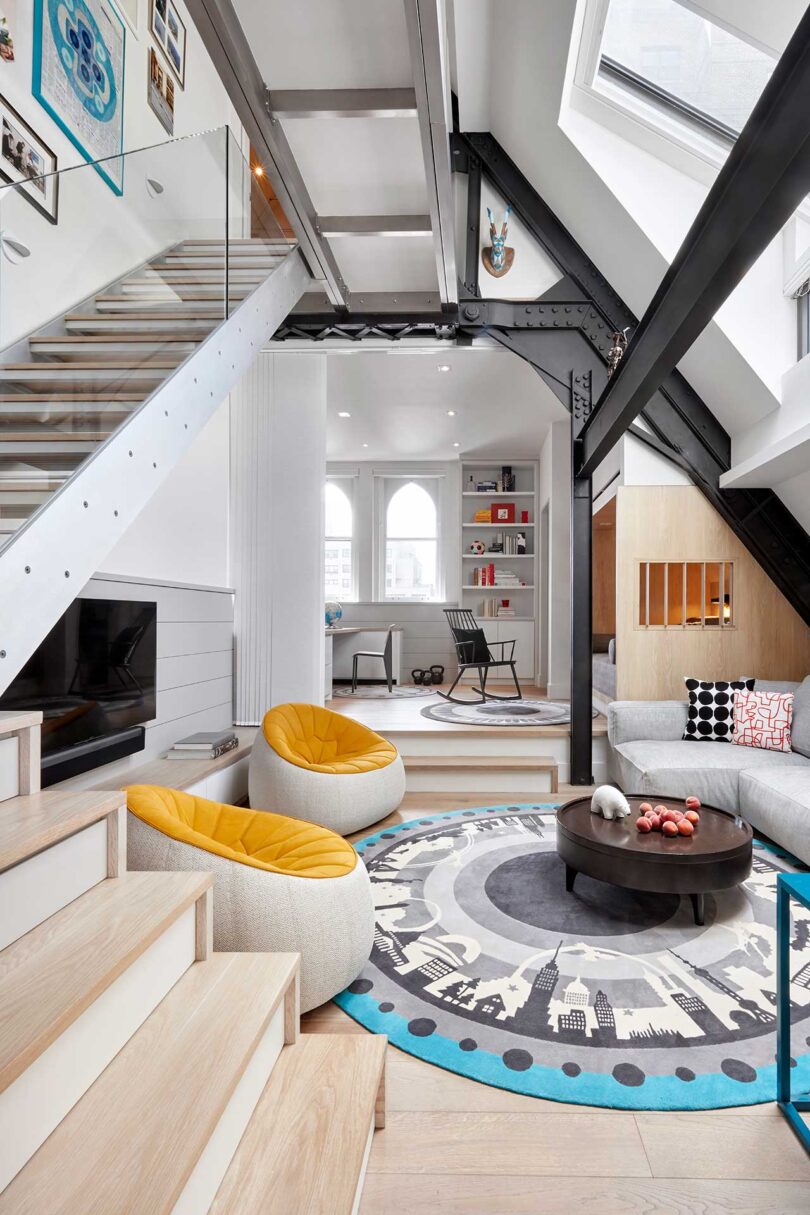
The Abbey Duplex Photo: Garrett Rowland
In this week’s Milkshake, we asked Amornivivat about what it’s like sharing a home with a fellow architect: “For us, it’s been 23 years [together], and we could be fighting that whole time – I think that’s what you’re trying to ask,” he says with a laugh. “But we don’t fight about it because we’re both professionals. We know how to listen and we know how to have a dialogue about everything that we do – especially within the high stakes of creating a livable home.”
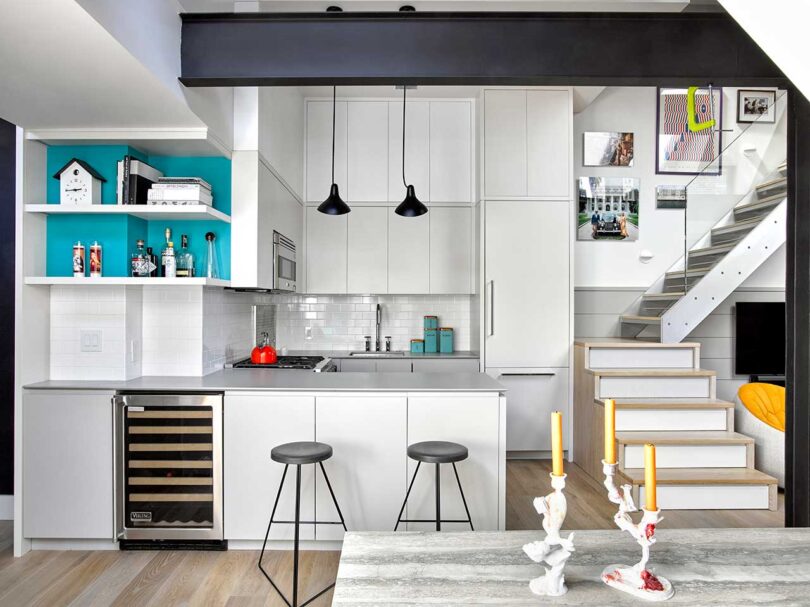
The Abbey Duplex Photo: Garrett Rowland
We also asked him, in terms of creating a livable home, which trends in interior design are here to stay. The question, he said, is flawed in its premise: He doesn’t operate in trends. For him, interior design is instead about solving problems – for example, how to bring light into typically sun-starved New York City apartments. And it remains a holistic experience: “My big thing about interior design is the whole picture,” he says. “So the mentality of à la carte is really difficult for me to kind of understand and fix. When you’re looking at interior design, I think you should step back and take a look at how things relate to each other in a larger picture.” For more, tune in!
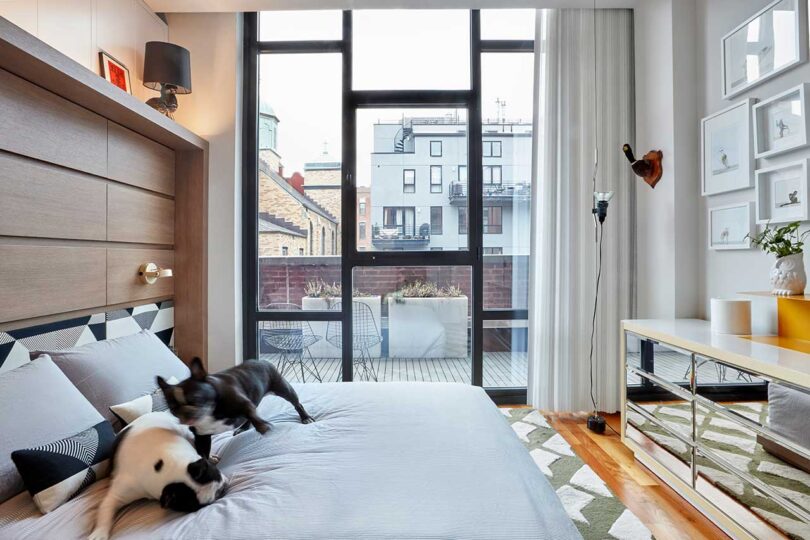
Williamsburg Apartment Photo: Garrett Rowland
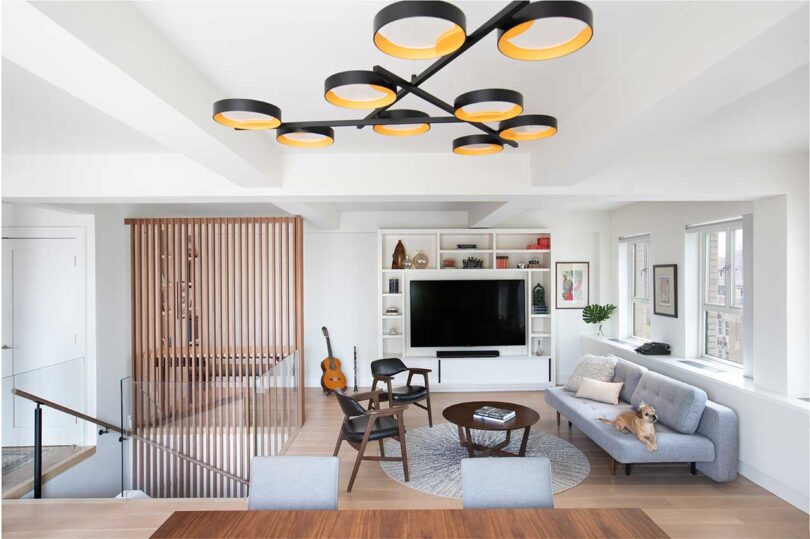
UWS Penthouse Duplex Photo: Garrett Rowland
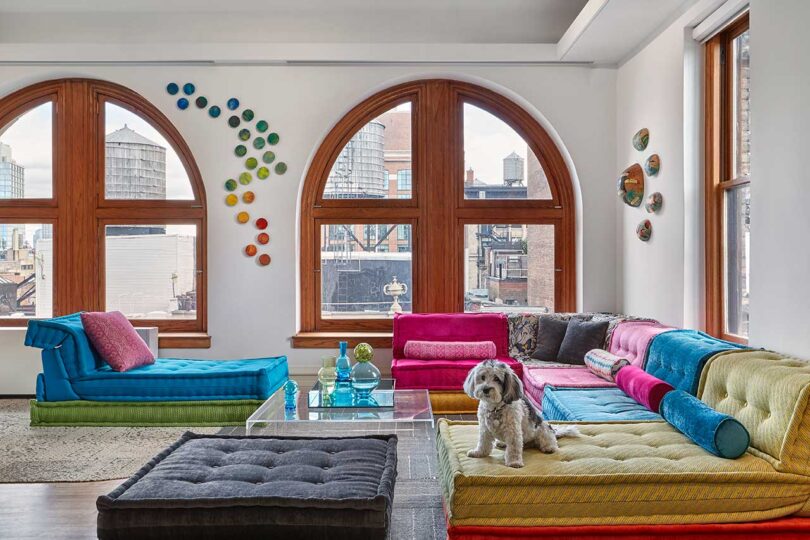
SOHO Loft Photo: Matt Dutile
Diana Ostrom, who has written for Wallpaper, Interior Design, ID, The Wall Street Journal, and other outlets, is also the author of Faraway Places, a newsletter about travel.
Milkshake, DMTV (Design Milk TV)’s first regular series, shakes up the traditional interview format by asking designers, creatives, educators and industry professionals to select interview questions at random from their favorite bowl or vessel. During their candid discussions, you’ll not only gain a peek into their personal homeware collections, but also valuable insights into their work, life and passions.

